New unbreakable 8201 ph Sensor from Burkert
30th May 2008
Source:
Burkert Fluid Control Systems
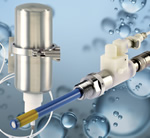
The ‘fit-and-forget’ design of Burkert’s 8201 pH measuring system enables the sensor to stay in process, even during CIP purification. This feature saves users both time and cost, by removing the requirement for sensor removal, cleaning and recalibration. The non-breakable sensor also obviates the problems of fracture with glass sensors; while its enamelled stainless steel finish provides the highest levels of non-stick performance for maximised hygiene whilst pH values are measured.
The hygienic design and robust, glass-free construction of the 8201pH sensor mean that the unit is particularly suitable for use in high- end hygienic processes; for example, in the production of foods and active ingredients where the pH value of liquid mediums - including those which are viscous or contain solids - is measured. The 8201 provides long service life in these processes and high levels of accuracy with its ability to measure absolute pH values between pH 0 and pH 12, at medium temperatures up to 140°C, and process pressures up to 6 bar.
Easy to use, the 8201 pH sensor is a highly integrated device, operating as a single-rod measuring cell, with the measuring electrode and reference electrode combined in one element. The sensor probe is a stainless steel tube, which also houses a Pt 1000 for temperature compensation. It is coated with an ion-sensitive enamel layer, providing an extremely smooth surface that prevents media from sticking during measurement, making the sensor very easy to clean. Importantly during cleaning operations - and even, CIP purification, - the sensor stays in the process. This saves both time and costs and means that expensive fittings can be dispensed with.
Adding to the fit- and -forget benefits of 8201pH system is the fact that, unlike many glass probes which have electrolytes that dry out in air, the 8201 sensor can be left dry for extended periods – as long as the user requires – without any drying out or loss of performance. The electrolyte itself is 3-molar KCI. This is stored in a separate electrolyte vessel and permanently connected to the electrode via a hose. The pressure of the electrolyte vessel is maintained slightly above process pressure by means of an attached pressure controller.
Providing analysis of the measured values from the 8201pH sensor is Burkert’s 8285 modular process analysis system. Designed to measure and process liquid analysis parameters, the 8285 is housed in a polished stainless steel enclosure, enabling its application in the field of biotechnology and the pharmaceutical and food processing industries. In addition, the benefits of the 8285 are equally applicable in the chemical industry, environmental engineering, water and waste-water treatment, and in power plants.
Easy to use, the 8201 pH sensor is a highly integrated device, operating as a single-rod measuring cell, with the measuring electrode and reference electrode combined in one element. The sensor probe is a stainless steel tube, which also houses a Pt 1000 for temperature compensation. It is coated with an ion-sensitive enamel layer, providing an extremely smooth surface that prevents media from sticking during measurement, making the sensor very easy to clean. Importantly during cleaning operations - and even, CIP purification, - the sensor stays in the process. This saves both time and costs and means that expensive fittings can be dispensed with.
Adding to the fit- and -forget benefits of 8201pH system is the fact that, unlike many glass probes which have electrolytes that dry out in air, the 8201 sensor can be left dry for extended periods – as long as the user requires – without any drying out or loss of performance. The electrolyte itself is 3-molar KCI. This is stored in a separate electrolyte vessel and permanently connected to the electrode via a hose. The pressure of the electrolyte vessel is maintained slightly above process pressure by means of an attached pressure controller.
Providing analysis of the measured values from the 8201pH sensor is Burkert’s 8285 modular process analysis system. Designed to measure and process liquid analysis parameters, the 8285 is housed in a polished stainless steel enclosure, enabling its application in the field of biotechnology and the pharmaceutical and food processing industries. In addition, the benefits of the 8285 are equally applicable in the chemical industry, environmental engineering, water and waste-water treatment, and in power plants.
Similar articles
More from Burkert Fluid Control Systems
- Continuous water quality analysis for boreholes 6th July 2020
- Controller delivers precision microlitre dosing 14th May 2020
- Multi-medium testing facility for fluidic components 19th March 2020
- Micro precision for time-pressure dosing 10th December 2019


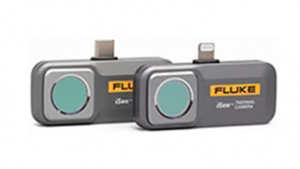
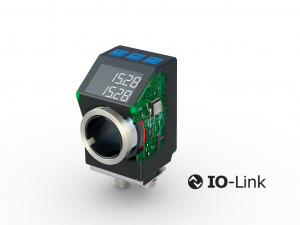
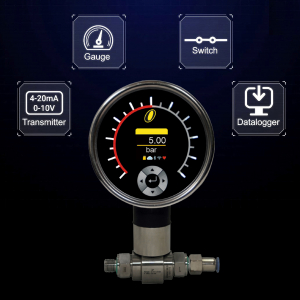
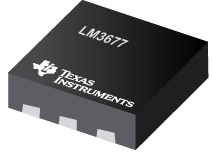

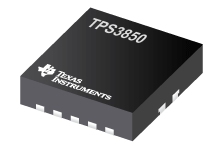
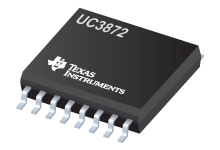

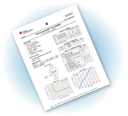

Write a comment
No comments